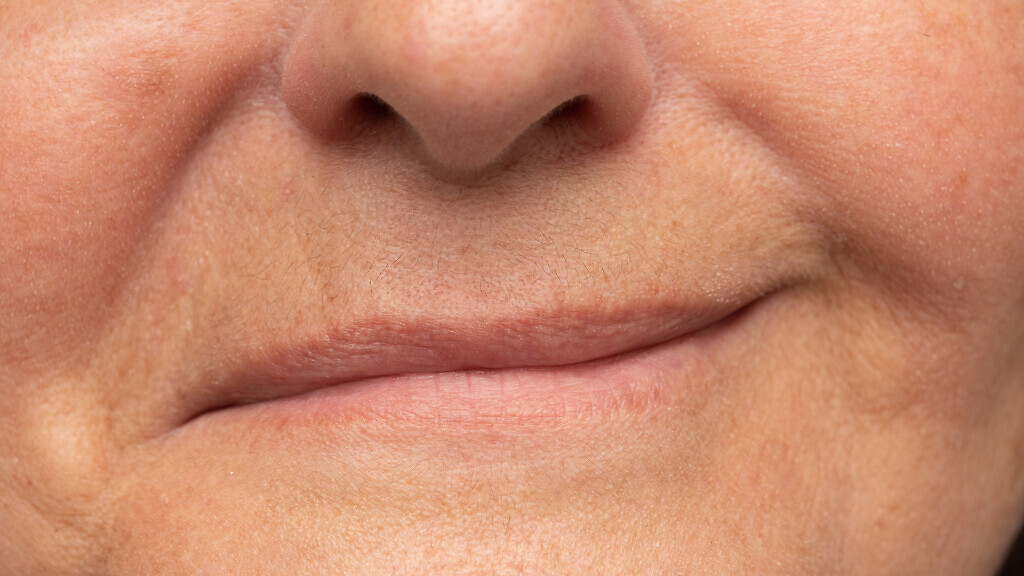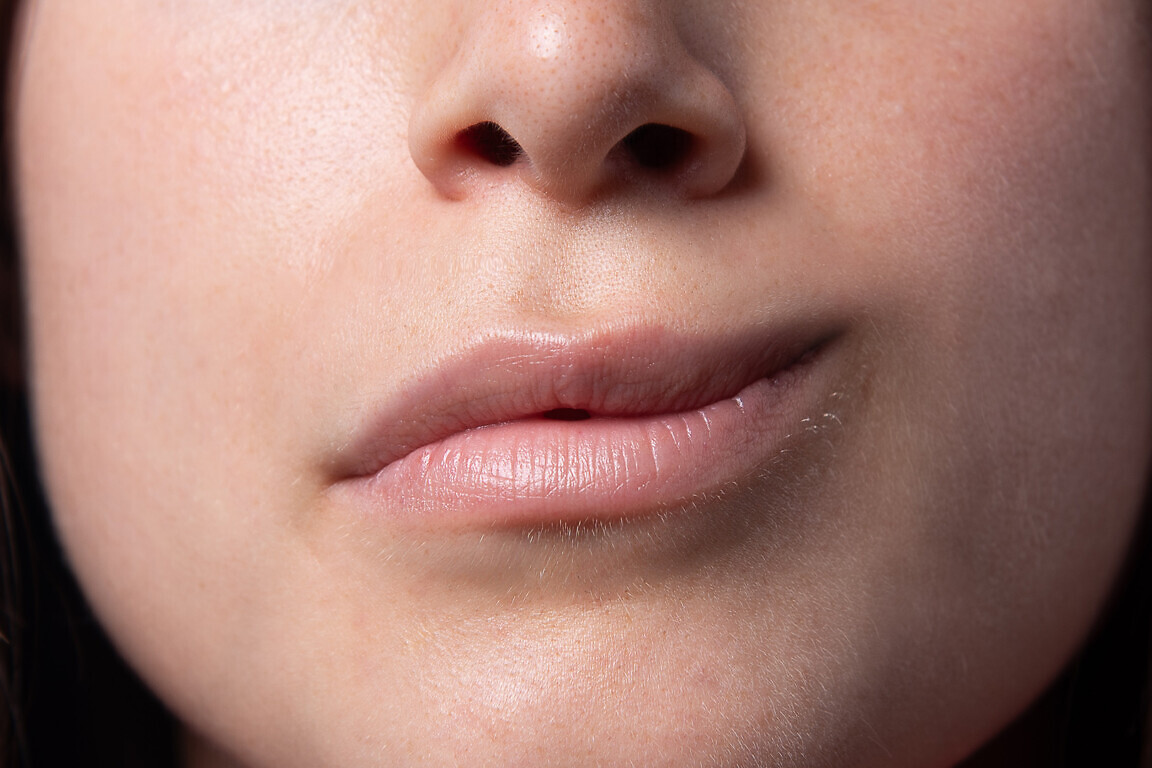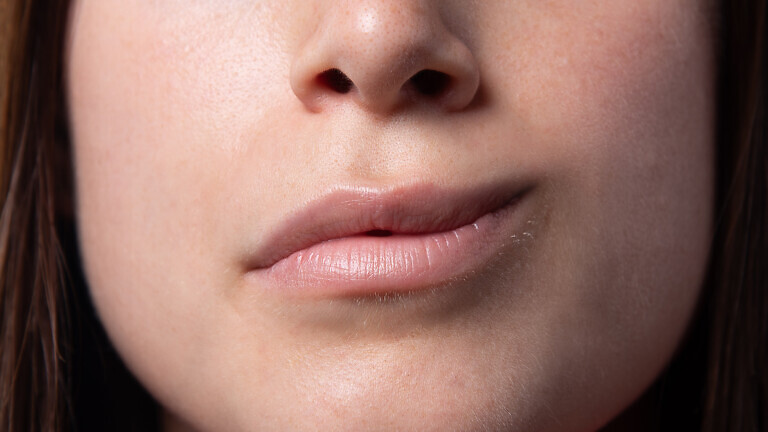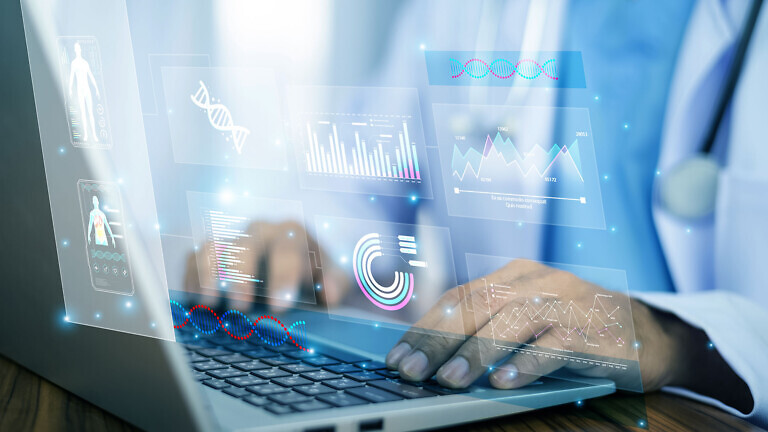A growing population of patients face barriers to recovery after facial nerve damage. Remote-guided therapy could offer a way forward.
Each year, tens of thousands of people in the UK experience facial palsy, the partial or full paralysis of facial muscles. Causes include Bell’s palsy, neurological conditions, stroke, trauma and surgical interventions (such as parotid or acoustic neuroma surgery).
Despite its prevalence, structured rehabilitation remains fragmented, with access depending largely on geography, local resourcing and patient persistence.
This means a clinically significant population of patients is left without consistent, effective therapy, often for years or even life.
“We’ve normalised the idea that patients just ‘live with’ facial palsy,” says Mark Chalmers, a speech and language therapist in Staffordshire. “But it affects how they eat, speak, communicate and socially interact. That’s not benign, it’s a functional disability.”
A digital, remote-first solution
In conventional therapy, patients are often given mirror-based exercises to perform at home, despite evidence that many find seeing their facial asymmetry emotionally distressing. Appointments are also infrequent, sometimes months apart, especially outside major cities. One patient in Northern Ireland reported 12–18-hour round trips to England for a single 30-minute session. Patients in rural Scotland, Wales and England face similar lengthy logistical challenges.
Remote-guided digital rehabilitation is emerging as a transformative alternative. Using the front-facing camera of a standard smartphone or tablet, these platforms combine several key capabilities into one accessible system. Augmented Reality (AR) masking can remove visible asymmetry, helping to reduce the emotional distress that often accompanies mirror-based exercises. Therapist-assigned routines are personalised to each patient’s condition and stage of recovery, while real-time motion tracking provides instant feedback to encourage accurate repetition and progress. Clinicians can also monitor patients remotely through live dashboards, gaining visibility into adherence and outcomes.
In practice, this means therapy doesn’t have to stop when a patient is travelling or unable to reach a stroke or specialist centre. Instead, patients can continue their rehabilitation consistently from home (or anywhere, for that matter), often daily, without the burden of long journeys and with higher engagement and confidence in their recovery.
One example of this technology is Facial Dynamics, developed in collaboration with NHS clinicians and now being informally tested across several Trusts. It uses an AR overlay to guide facial training and tracks 52 data points 60 times a second, including eyebrow lift, lip corner movement and eye rotation, offering a level of precision not available in traditional therapy.

Why now? A confluence of pressure and possibility
The clinical case is clear: facial rehabilitation improves function, confidence and quality of life, but historically there have been no tools capable of delivering therapy at scale. Digital therapy platforms are changing that, aligning closely with wider NHS and private healthcare priorities while unlocking a range of additional benefits.
By shifting to a community-first model, treatment can be delivered directly into patients’ homes, easing pressure on hospitals and clinics. Clinicians gain objective, data-driven visibility into progress over time, replacing the current paper-based and largely subjective approach. For patients, augmented reality masking makes therapy more emotionally accessible by reducing appearance-based anxiety, while digital delivery lowers costs by cutting down on travel and in-person appointments. Because the technology runs on everyday smartphones and tablets, it is also simple to deploy at scale without major infrastructure investment.
Importantly, these systems can help address long-standing workforce pressures in speech and language therapy, where demand consistently exceeds capacity. “This kind of remote solution doesn’t just benefit the patient – it gives clinicians back time and visibility,” says James Coleman, co-founder of Life Analytics. “It’s like having a virtual therapy assistant that keeps the patient on track between appointments.”
Early, informal trials of these technologies have been positive, with evaluations taking place in multiple NHS settings, with interest growing from neuro teams, ENT departments, community stroke units and maxillofacial services.
Critically, this is not about replacing in-person care but extending access to those who would otherwise receive none or drop out of therapy prematurely.
What’s at stake: Function, confidence, connection
Facial palsy affects the core of human interaction, expression, speech and emotional connection. It can lead to social withdrawal, depression and nutritional challenges. Yet many patients are told nothing more can be done.
If we are to deliver truly equitable, person-centred care, facial rehabilitation must be brought into the digital era, with remote solutions that are clinically sound, emotionally supportive and scalable across the UK and beyond.



